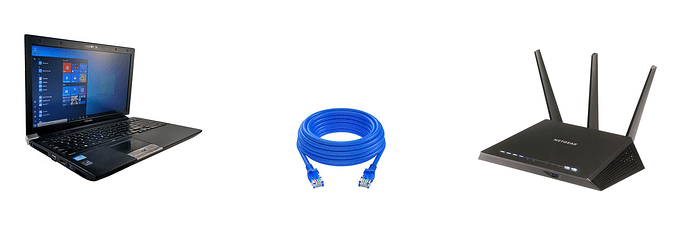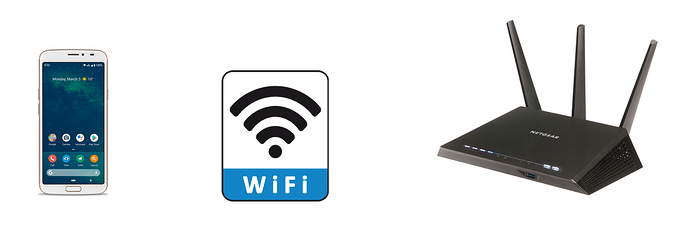I have seen multiple threads on this forum about Ethernet-over-USB, but I seem to be stuck in a different place.
I want to do Ethernet-over-USB from the Ground unit to my network. I connect my Herelink to my router with an ethernet cable and adapters, something like this:
Ground unit <--> micro-usb to ethernet adapter <--> ethernet cable <--> router
In the ground unit, I can see a network interface called eth0 appear, and the ethernet adapter blinks. But the ground unit never gets an IP. It looks like this:
$ ip a
[...]
13: eth0: <BROADCAST,MULTICAST,UP,LOWER_UP> mtu 1500 qdisc pfifo_fast master br-vxlan state UP group default qlen 1000
link/ether f0:1d:bc:f2:cd:ea brd ff:ff:ff:ff:ff:ff
inet6 fe80::f21d:bcff:fef2:cdea/64 scope link
valid_lft forever preferred_lft forever
I tried rebooting the Ground Unit while the adapter is plugged, but that did not seem to change anything.
What am I missing? Is there a way to run a dhcp client to get an IP for eth0?




